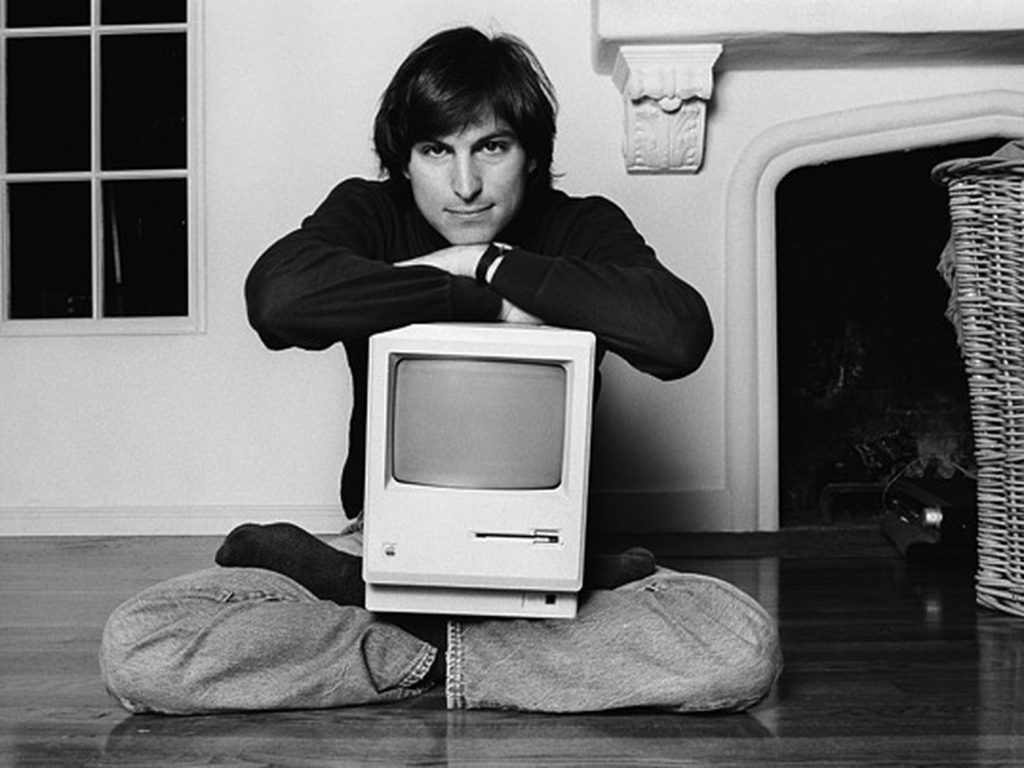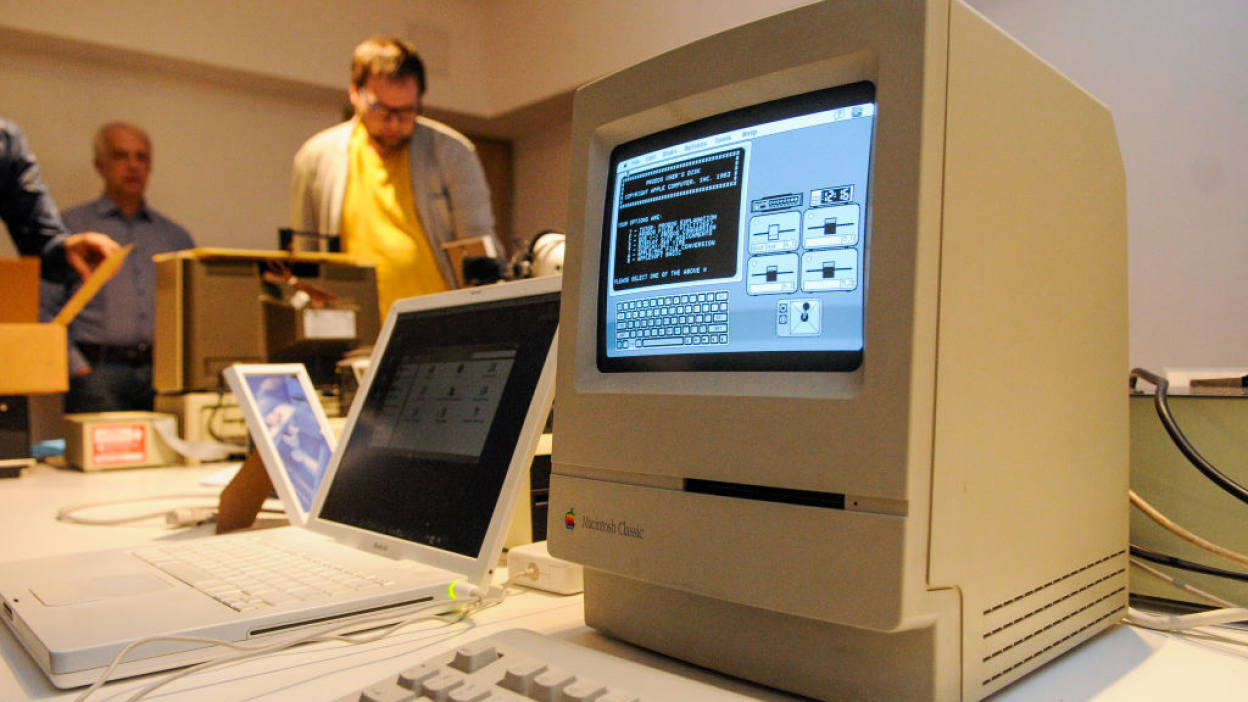The first Apple Macintosh was announced in October 1983 and released on January 24, 1984, by Steve Jobs.
After 40 years since the first Macintosh launch, Apple has become a massive tech powerhouse worth 3 trillion dollars, and the iPhone has revolutionized smartphones. Despite these changes, the Mac remains relevant as Apple consistently updates its computer line in the era of artificial intelligence. Even with the rise of smartphones and the upcoming AR/XR technology, the influence of the Macintosh continues to shape Apple’s future products. This week marks the 40th anniversary of the Macintosh 128K, a groundbreaking desktop computer that transformed the personal computer category. Here are some lesser-known facts about the original Macintosh.
The Macintosh name is derived from the “McIntosh Apple”
Jeff Raskin, an Apple employee, conceived the idea for the Macintosh, aiming to develop an affordable and user-friendly computer for the average person. Originally, Raskin wanted to name the computer after his favorite apple, the McIntosh. However, due to a high-end audio company named McIntosh Laboratory, Apple had to alter the spelling to “Macintosh” to avoid legal issues. To secure the name, Steve Jobs wrote a letter to McIntosh Laboratory’s CEO, and after reaching a financial agreement, Apple was granted permission to use the name “Macintosh.” Despite the change, the Macintosh brand lives on today, known simply as “Mac.”
See Steve Jobs reveal the original Macintosh here:
The disagreement or clash between Steve Jobs and Raskin
Initially, Raskin envisioned creating a “computer appliance” with the Macintosh, aiming to target individual users with a price tag under $1000. The Macintosh, a relatively small project within Apple, was progressing slowly. Raskin’s goal was to maintain a low price, intending the device to offer basic computing features. Despite Jobs’ enthusiasm for the Macintosh, he strongly differed with Raskin regarding keeping the computer’s capabilities limited. Raskin had opted for a less powerful Motorola 6809e processor to control costs, but this chip lacked the strength to support a high-resolution graphics screen or the use of a mouse.

Jobs aimed to create an exceptional product rather than compromising on the computer’s capabilities. To achieve this, he enlisted the help of young engineer Burrell Smith, who successfully integrated a faster chip, the Motorola 68000, without increasing the overall cost of the computer. As the Macintosh team expanded, Jobs played a crucial role in the original Mac’s development, emphasizing attention to detail in design that made it both accessible and attractive to consumers. Jobs even shares the design patent on the case with two other Apple employees. His vision, combined with the team’s hardware efforts, played a significant role in humanizing the experience of using a personal computer, setting the original Macintosh apart from competitors by introducing a graphical user interface, mouse, and associated software.
The inspiration for the iconic Super Bowl Macintosh commercial came from George Orwell’s novel 1984.
Directed by filmmaker Ridley Scott, “1984” was the Apple commercial that unveiled the Macintosh computer to the world for the first time, making it Apple’s most famous ad to date. Aired during the Super Bowl, the commercial drew inspiration from George Orwell’s dystopian novel, 1984. The one-minute spot was remarkably effective, generating interest in the Macintosh even before its official release.
The ad featured a female runner in bright orange shorts and a white top holding a sledgehammer and sprinting toward the auditorium, with a message scrolling upwards saying, “On January 24th, Apple Computer will introduce Macintosh. And you’ll see why 1984 won’t be like ‘1984.’ Even though the commercial didn’t reveal the features or specs of the computer; the messaging was meant to signify that the Macintosh would bring freedom rather than control. That message was simple and effective, and it worked wonders for Apple, making the Macintosh 128K instantly recognisable among the public. At that time, Apple’s board of directors hated the ad, but no one could stop Cupertino from making history. Years later, Apple’s “1984” commercial for the Macintosh is a master class in advertising.
